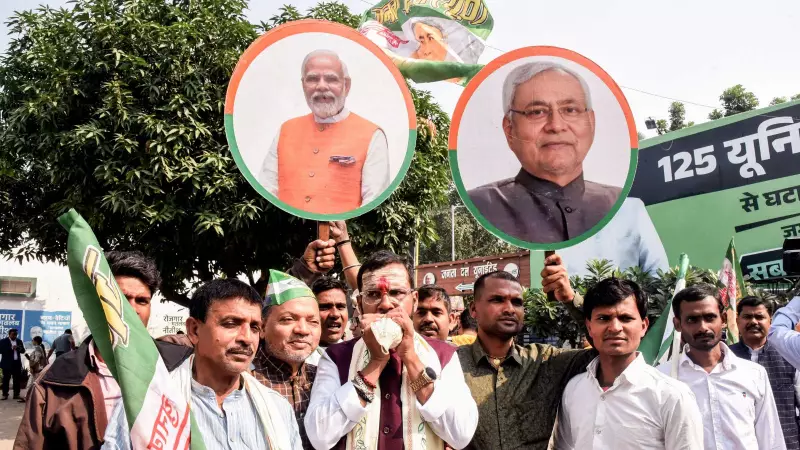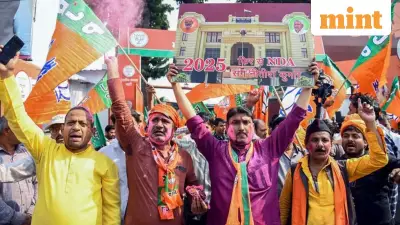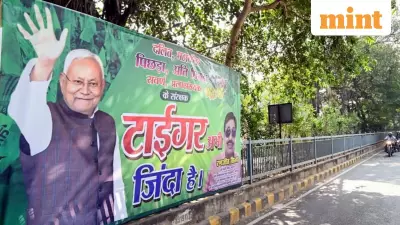
Historic Low in Muslim Representation in Bihar Assembly
The newly elected Bihar Assembly is set to witness the lowest number of Muslim legislators since 1990, with only 10 members from the community securing victories in the 2025 state elections. This dramatic decline comes despite Muslims constituting 17.7% of Bihar's 13.07 crore population according to the 2022-23 state caste survey.
What Led to the Sharp Decline?
The significant drop in Muslim representation can be attributed to both the ruling NDA and Opposition Mahagathbandhan fielding fewer Muslim candidates compared to the 2020 Assembly elections. The political landscape saw major shifts as the NDA stormed to victory, handing a crushing defeat to the opposition alliance.
Asaduddin Owaisi-led AIMIM emerged as a significant player, winning five seats of the 25 it contested. Among the winners is the party's state unit chief Akhtarul Iman from Amour constituency. The party repeated its 2020 performance by securing all these five seats in the Muslim-dominated Seemanchal region, which comprises Araria, Purnea, Katihar and Kishanganj districts.
Performance of Major Parties
The Nitish Kumar-led JD(U) fielded four Muslim candidates, but only Mohd Zama Khan, a minister in the outgoing Cabinet, managed to secure victory from Chainpur constituency in Kaimur district. Interestingly, Chainpur is not a Muslim-dominated seat, and BJP leaders had launched an extensive campaign to reach out to Hindu voters in the constituency.
JD(U) ally and crucial NDA partner LJP (RV) of Chirag Paswan fielded one Muslim candidate, Mohd Kalimuddin, from Bahadurganj seat in Kishanganj district. However, he finished third in the battle as AIMIM's Md Tauseef Alam won by a margin of over 28,726 votes, with Congress's Md Masawar Alam coming second.
From the Opposition camp, Tejashwi Yadav-led RJD saw Asif Ahmad winning from Bisfi while Bahubali Shahabuddin's son Osama Sahab secured victory from Raghunathpur. This marks the first time in 21 years that a member of Shahabuddin's family has won an election.
Historical Context of Muslim Representation
The current representation of just 10 Muslim MLAs marks a significant decline compared to previous assemblies. In 2010, Muslim representation stood at 7.81% with 19 legislators from the minority community being elected. The highest number of Muslim MLAs came from JD(U) with seven, followed by RJD with six, Congress with three, LJP with two, and one from BJP.
The representation peaked in 2015 when the number of Muslim MLAs reached 24, constituting 9.87% of the House. Of these, 12 were from RJD, six from Congress, five from JD(U) and one from CPI(ML) Liberation.
In the 2020 elections, the community's representation shrunk to 19 MLAs, with eight from RJD, five from AIMIM, four from Congress, and one each from BSP and CPI(ML) Liberation. The representation in the outgoing Assembly had already slipped to 7.81%.
The current tally of just 10 Muslim MLAs represents the lowest figure in eight consecutive elections since 1990, raising important questions about political representation and inclusion in one of India's most politically significant states.





